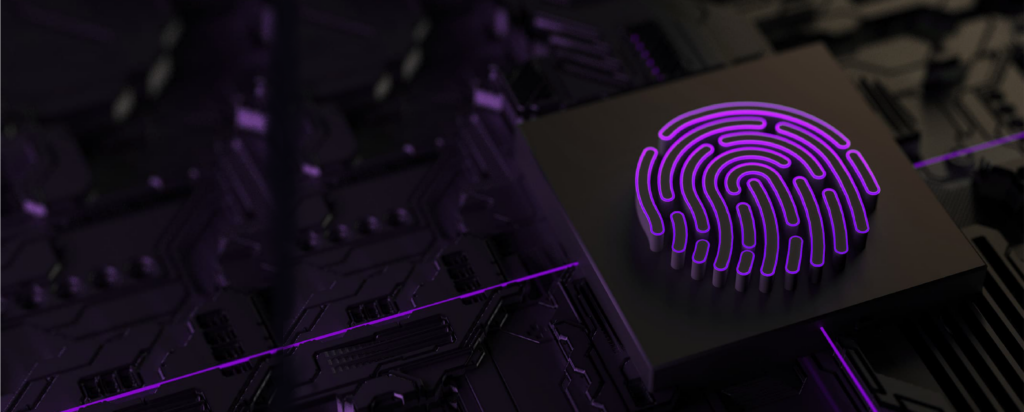
QDID™ PUF IP
Our patented PUF design generates a unique identity based on quantum tunnelling current variations through the gate terminal in any standard CMOS process. The source of the randomness stems from the device’s oxide thickness variations and random distribution of defects (traps) in the gate oxide. A PUF realised based on these unpredictable and unclonable variations is the basis for a hardware root-of-trust on which a security architecture can be built.
Book an IP evaluation Contact sales
Secure provisioning
QDID™ PUF removes the challenges associated with secure provisioning through key injection on a factory floor, reducing the cost and complication of HSMs as well as the risks associated with trusting third parties
Secured identities
Identities are not stored in the memory, but just created on-the-fly, making them resistant against side-channel attacks on memory
High entropy seeds
QDID™ PUF’s source of entropy is based on a quantum phenomenon and resistant to machine learning-based attacks of the entropy source.
Customisable number of seeds of security strength up to 256 bits can be generated on demand.
Built-in resistance to side channel attacks
The PUF IP has been developed with a “secure by design” approach which has built in resistance to secret leakage through countermeasures and attack detection schemes
Certification & compliance
PSA Level 2 Ready
CC EAL4+ compliant
Environmental operating data
QDID™ PUF has been tested extensively under varying environmental conditions and achieved a lifetime operating time of greater than 25 years between −40°C to 125°C
Randomness health test
NIST SP 800-22 randomness
NIST SP 800-90B entropy
Process
nodes
QDID™ PUF IP has been verified on major fabs (TSMC, GF, UMC) across Bulk CMOS, FDSOI, FinFET process technologies (55nm down to 12nm)
QDID™ PUF IP SoC integration
QDID PUF has the ability to generate multiple, uncorrelated keys that can be used for unique identities. These identities generated with the QDID PUF can be used for various cryptographic purposes, including symmetric and asymmetric as well as for post-quantum cryptographic algorithms.
The diagram on the left shows a diagram of QDID PUF used in a secure element. Using QDID PUF in a secure element eases the key management process at the secure IC level.
Applications
- Key generation
- Device identification
- Device authentication
- Device provisioning
- Post-quantum cryptography
- Supply chain security
Embed QDID™ PUF into your IoT devices
QDID™ PUF has endured many tests in accordance with National Institute of Science and Technology (NIST) standards and been verified to withstand traditional side-channel attacks. The IP’s robustness is verified across voltage, temperature and device ageing tests.
Talk to CQ experts for more about evaluating the IP.
Download datasheet Contact sales


